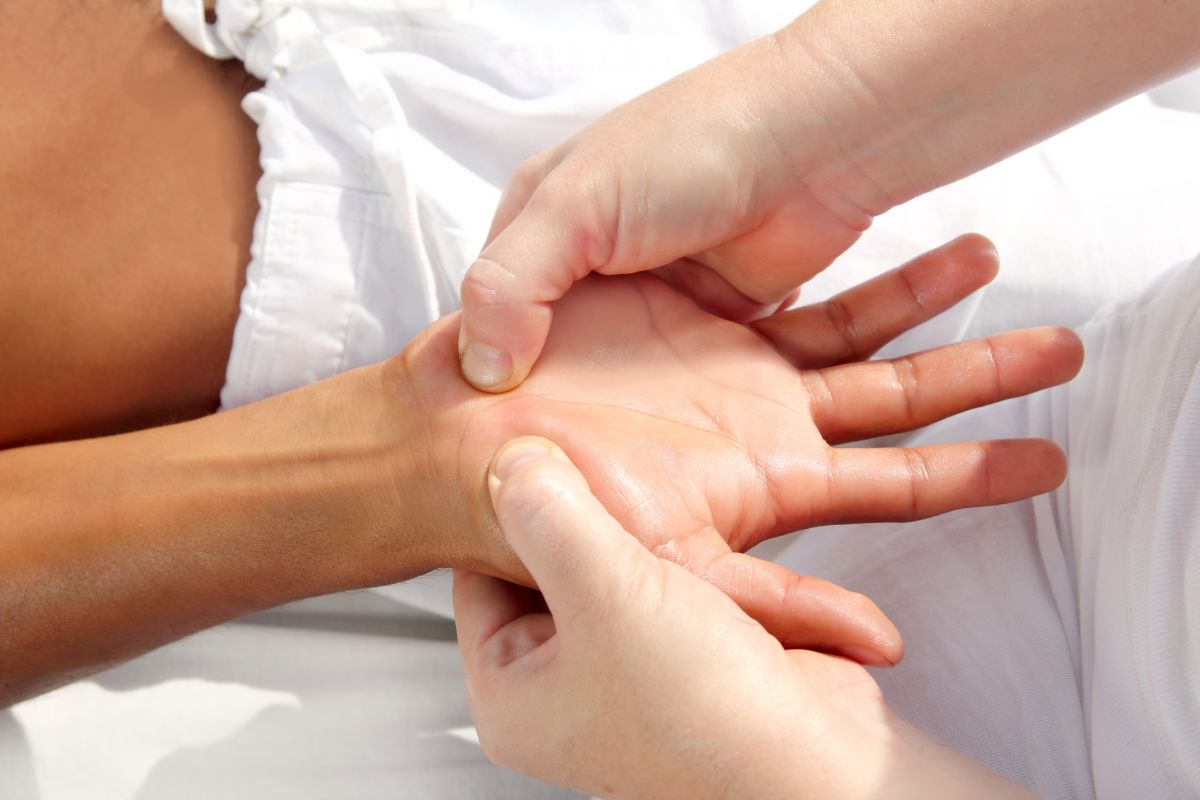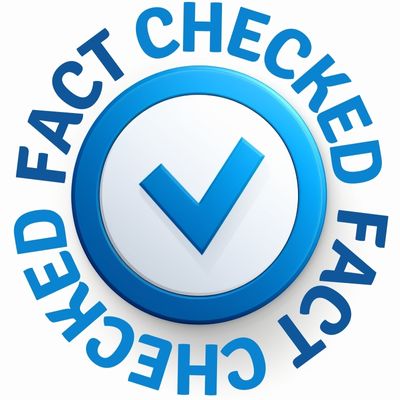
We all can relate to this: If we’re having a stressful day, all we need is someone to hold us. When we’re having a good day, a touch from someone we love seems to be the icing on the cake we just long for. It only illustrates that touch is something so loving, healing, soothing, and affirming.
Touch is so wonderful on its own that a whole branch of therapy exists for it. Touch therapy incorporates massage aspects and involves energy work to stimulate the body’s natural healing ability.
Curious about it? Keep reading. Below is the essential guide to the wonders of touch therapy. We’ll discuss what it is precisely, what it is used for, its benefits, and what a typical session looks like. By the end, you’ll be trying it to improve your mental health and general well-being. Let’s start.
What Is a Touch Therapy?
Touch therapy belongs to a wide category of energy healing, which includes acupuncture, tai chi, and reiki. These healing methods all operate on the premise that the body has a natural energy field. Touch therapy ties into the mind-body connection and plays a role in wellness.
The foundation principle of energy suggests that imbalances in the mind-body connection can cause pain, illness, and mental health issues. Touch therapies use touch’s healing power to manipulate the energy flow in our bodies. They aim to restore balance and, from then on, promote healing.
What Is a Touch Therapist?
A touch therapist is a practitioner who uses various forms of touch-based therapy. This therapy promotes healing, wellness, and emotional balance in individuals. Touch therapists can also range from more structured practices like massage therapy to more subtle forms such as therapeutic touch or healing touch. The latter fixates on a person’s energy field rather than direct physical contact.
What Touch Therapy Is Used For?
Your body has an excellent ability for self-healing. Yet recovery amidst injury and illness takes time. Touch therapy practitioners believe energy healing approaches can help this natural phenomenon happen more easily and quickly.
People might use touch therapy to:
- Help relieve anxiety and stress
- Help wounds heal faster
- Boost immune system function
- Reduce pain
- Decrease nausea, fatigue, and other side effects of chemotherapy
- Better symptoms of chronic conditions like fibromyalgia and lupus
- Lessen fatigue and unlock better sleep
Many people also swear by how touch therapy helps them feel calmer. They ought to feel more relaxed after a session. This intervention also shows the premise for helping people with terminal illnesses. It makes them feel more at peace with the approaching end of life.
Anecdotal reports also affirm that people often feel more confident and self-aware after a touch therapy session.
Benefits of Touch Therapy
- Stress reduction
- Pain relief
- Improved circulation
- Enhanced immunity
- Relaxation and sleep improvement
- Reduces symptoms of anxiety, depression, and loneliness
- Improved range of motion and flexibility
- Reduced blood pressure
- Enhanced body awareness
- Support for mental health
- Improved digestion
- Support for rehabilitation
- Boosted energy levels
- Improved quality of life
What Does a Touch Therapy Session Look Like?
Touch therapy sessions typically last between 15 and 30 minutes. They often start with a talk about the client’s goals for healing. The therapist then applies light touch or hand motions over the skin to assess and balance the client’s energy flow.
Practitioners of touch therapy generally follow these stages:
1. Centering
At the beginning of the session, the practitioner will take a few minutes to focus. This is done via deep breathing and other grounding exercises. By entering a semi-meditative state, they can better fixate on the client and the treatment.
2. Assessment
Next, the practitioner will hold their hands a few inches over the client’s body. They should make sweeping hand gestures to understand the energy field. During this stage, they seek to rule areas where the flow of energy has been disrupted.
3. Intervention
Having labeled the areas of blocked energy, touch therapy will then address the blockage. The therapist will use rhythmic hand motions over the area and guide the client through visualization techniques. This is done to lead the flow of positive energy to the area.
4. Evaluation
After clearing any energy blockages, the therapist may conduct a second assessment to investigate any additional concerns before the session ends.

Frequently Asked Questions About Touch Therapist
1. Does touch therapy work?
Experts haven’t found a complete answer to this question. Yet, there is some evidence that suggests touch therapies might work:
- Research from 2013 suggests that they have some ] benefits from relieving pain, anxiety, and stress.
- Research from 2016 suggests touch therapy treatments may help treat eating disorders. They do so by improving relaxation and strengthening the therapeutic relationship.
- A 2016 review suggests they may help relieve pain, nausea, and fatigue. They also boost the quality of life for people with cancer.
- A small 2017 animal study examined 24 rats. It found evidence that daily use of touch therapy treatments may help wounds heal more rapidly.
- A 2018 study looked at 572 people with cancer and found support for touch therapy as a method of pain relief.
- Results of a small 2019 study found evidence to suggest that acupressure and TT treatments may improve well-being while receiving cancer treatment.
2. Does touch reduce anxiety?
Touch can significantly reduce anxiety. It has been shown to have a calming effect on individuals by altering how stress is handled. Being present and engaging one’s sense of touch can also calm the mind.
3. What are the mental benefits of touch?
- Regulation of mood
- Calming the nervous system
- Reduction of stress and promotion of relaxation
- Enhancement of well-being in relationships
- Boost in mental and physical wellness
- Relief from physical pain
- Activation of compassionate response
- Development and long-term well-being
4. Can hugs reduce anxiety?
Hugs can indeed reduce anxiety. Here are several points that underscore the importance and their effectiveness:
- Cortisol reduction
- Provide immediate comfort and warmth
- Reduces fear, stress, and pain
- Stress reactivity reduction
- Lowering daily stress
- Release of oxytocin
A human touch is such a simple loving gesture. But, digging deep, it is really powerful and healing. Touch therapy exist and it offers a lot of benefits. The treatment is worth considering if you’re on the path of achieving mental health and holistic wellness.
Experience ASMR Back Scratch in Boca Raton

Author Tracy Gorman
I am Tracy Gorman, an experienced writer dedicated to producing compelling and informative content. With a deep understanding of diverse subjects such as lifestyle, beauty, and wellness, I create valuable articles for everyone.

This Content Has Been Reviewed For Factual Accuracy
Our editors have conducted comprehensive fact-checking on this article to ensure factual accuracy. Read more about our editorial standards here.
